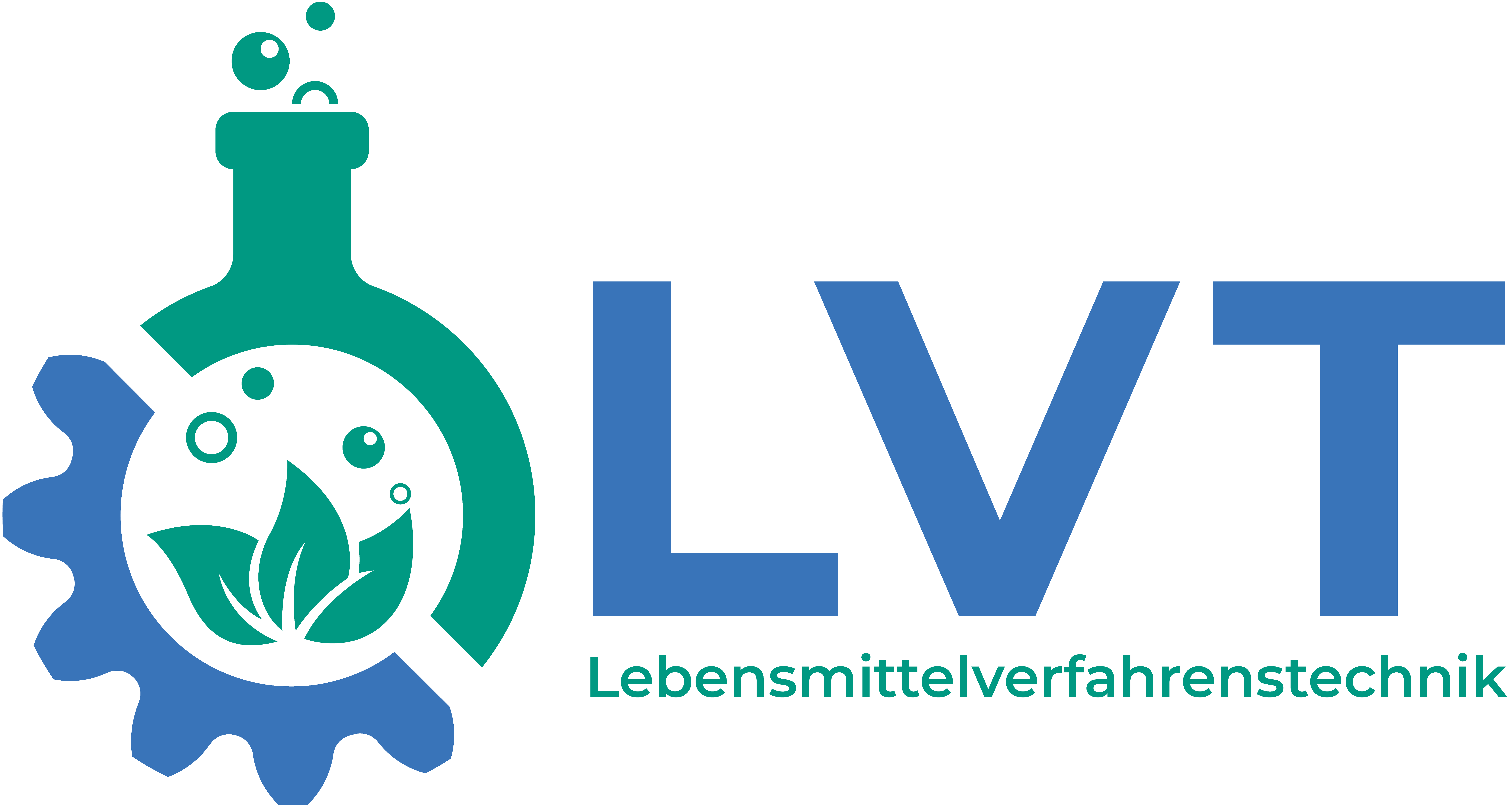DFG: Experimental and numerical investigations on the effects of cavitation and flow-induced collisions on aggregate formation and activity loss after cell disruption in high-pressure homogenization using the model systems lipase and β-lactoglobulin
- contact:
- funding:
DFG SPP 1934
- startdate:
2019
- enddate:
2022
Short description
High-pressure homogenization is the state of the art for cell disruption in the production of plant based enzymes and protein isolates. In this process, the cell suspension is compressed to high pressure and then pumped through a disruption unit. In this way, it is exposed to high stresses that lead to the break-up of the cells. Flat valves or, especially in the pharmaceutical sector, orifice valves are used as disruption unit. The characteristic feature of the disruption units is a significant reduction of the cross-sectional area and thus acceleration of the medium. The medium is thus exposed to various stresses in the flow pattern: strain stresses are predominant at the inlet of the disruption unit while shear stresses are mainly found inside the orifice. Shear and turbulent inertial forces prevail in the downstream of the orifice. Due to the acceleration of the fluid, cavitation can also occur. Although the implosion of the cavities can contribute to cell disruption, it is mostly considered negative due to the fact that vapor bubbles and solid nanoparticles through abrasion are entering the system. Consequently, the proteins can unfold reversibly at the new interfaces. Once unfolded proteins can aggregate through collision, which is causing the loss of enzyme activity or protein activity.
The aim of the project is to lay the foundations for obtaining intracellularly formed enzymes and proteins with significantly lower loss of activity by cell disruption in a high-pressure homogenizer. According to the current state of research, cavitation must be inhibited as far as possible to prevent the formation of interfaces. On the other hand, the concentration of the enzymes or proteins obtained should be reduced as fast as possible in order to reduce the collision rates. This can be achieved by "simultaneous homogenization and mixing (SHM)". This process represents a further development of high-pressure homogenization, in which a mixed stream is additionally fed into the downstream of the disruption unit. In the project, we use this technology to investigate the basic hypothesis that by rapidly lowering the local concentration of the enzymes and proteins and by reducing cavitation, aggregation of the bioactive substances obtained can be prevented and their activity preserved. Combinations of geometry and process parameters, in which no or very intensive cavitation occurs, are identified with the use of experimental optical methods. In addition, numerical methods for calculating the collision rates in different process control systems are developed. These methods will be used to design experimental set-ups to verify the hypothesis. Subsequently, the reduction of the activity loss by a suitable process control of the SHM process is validated by using model proteins.

